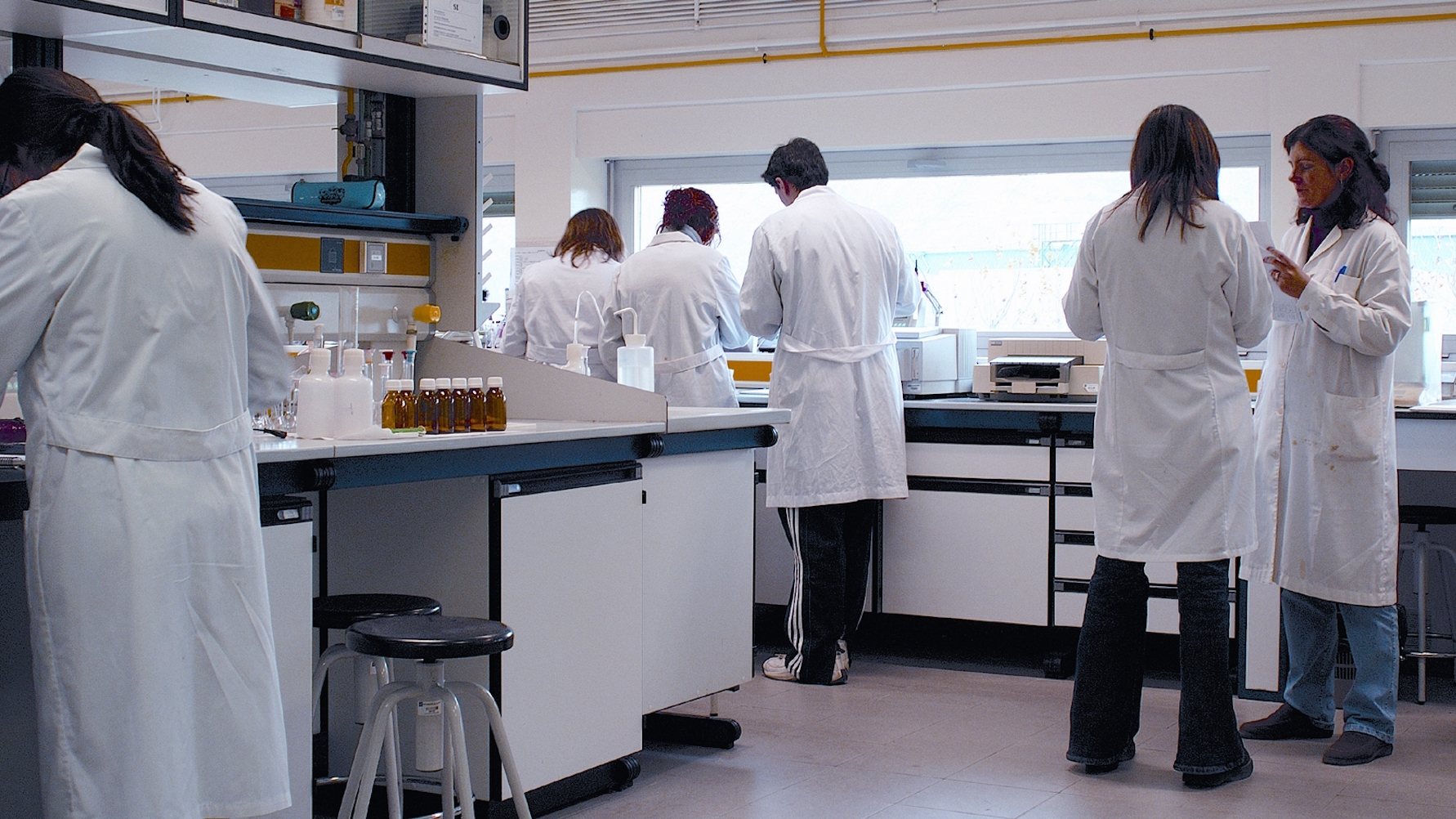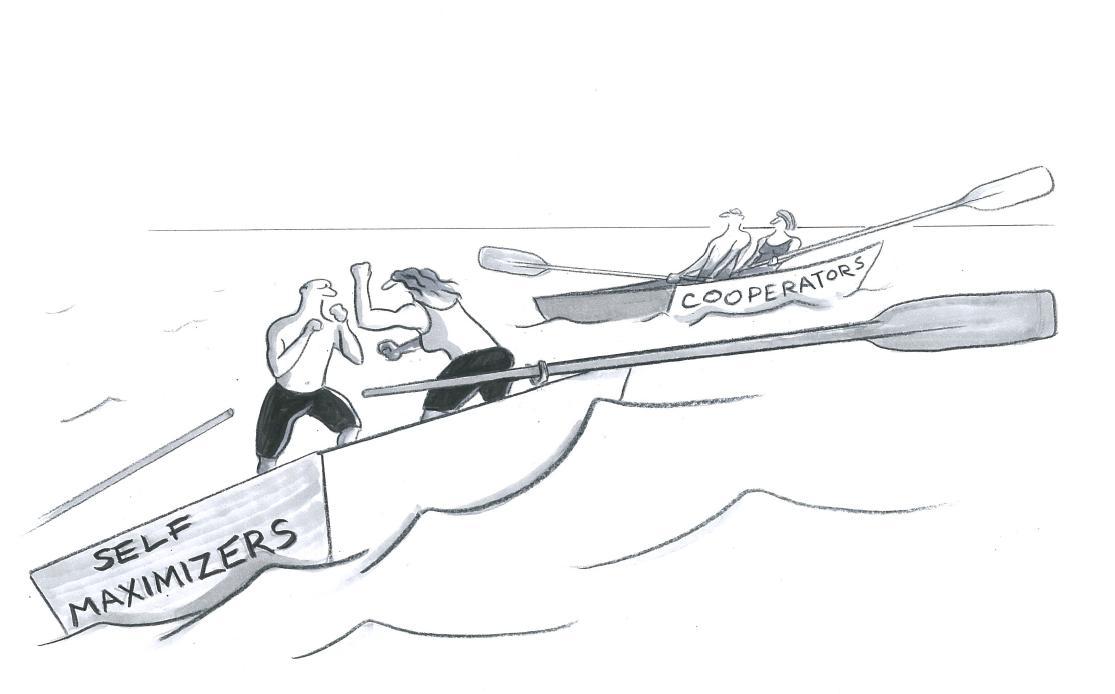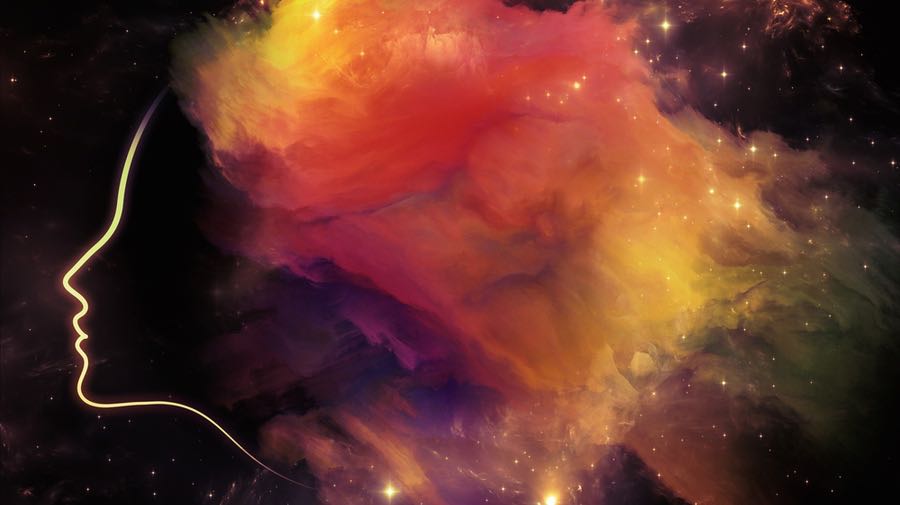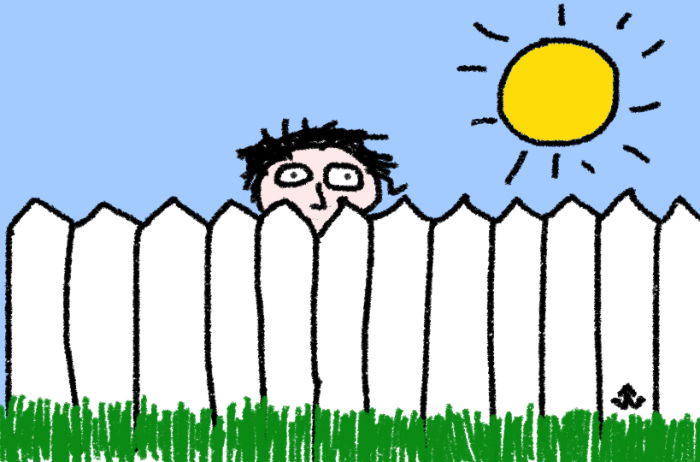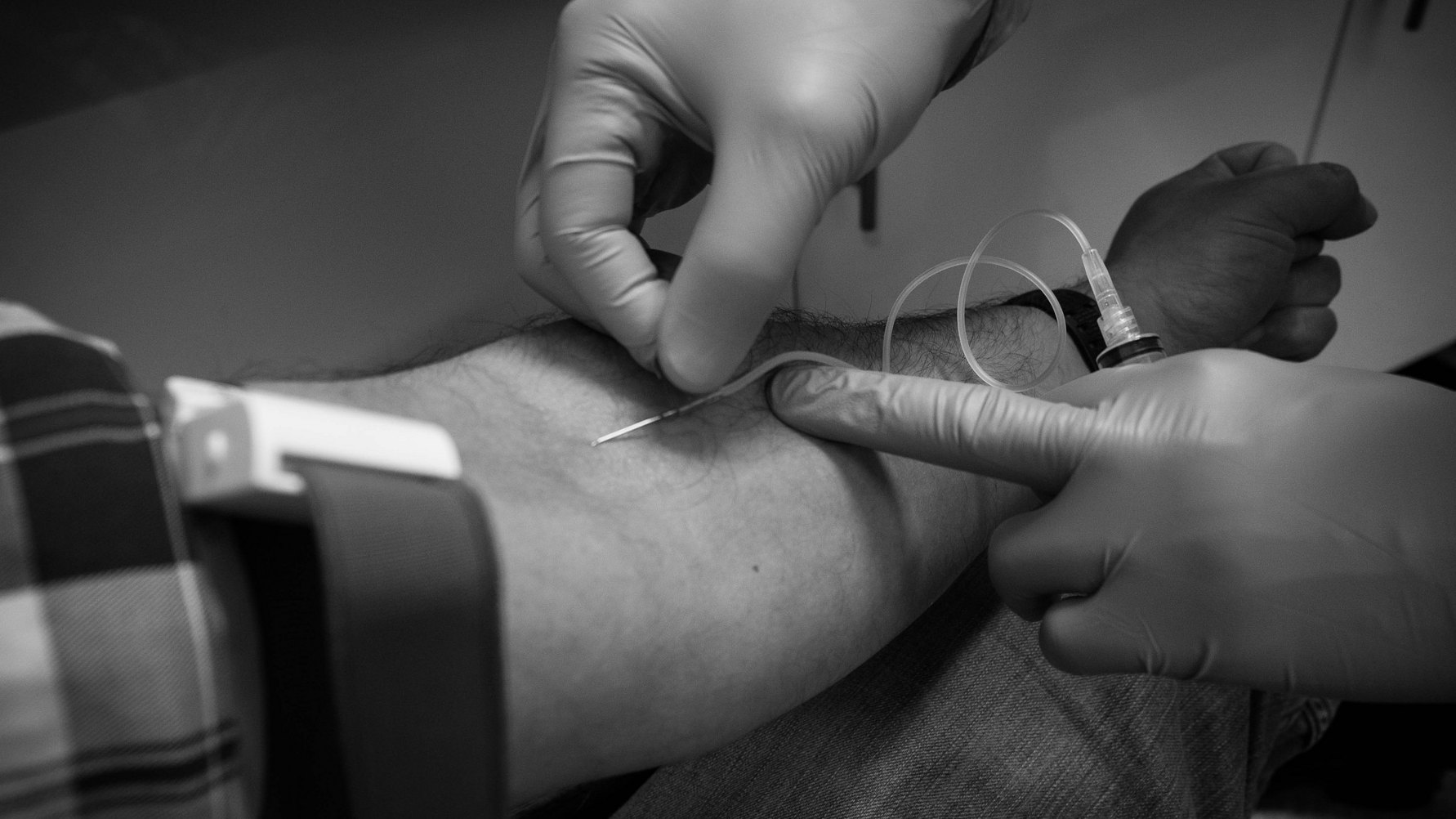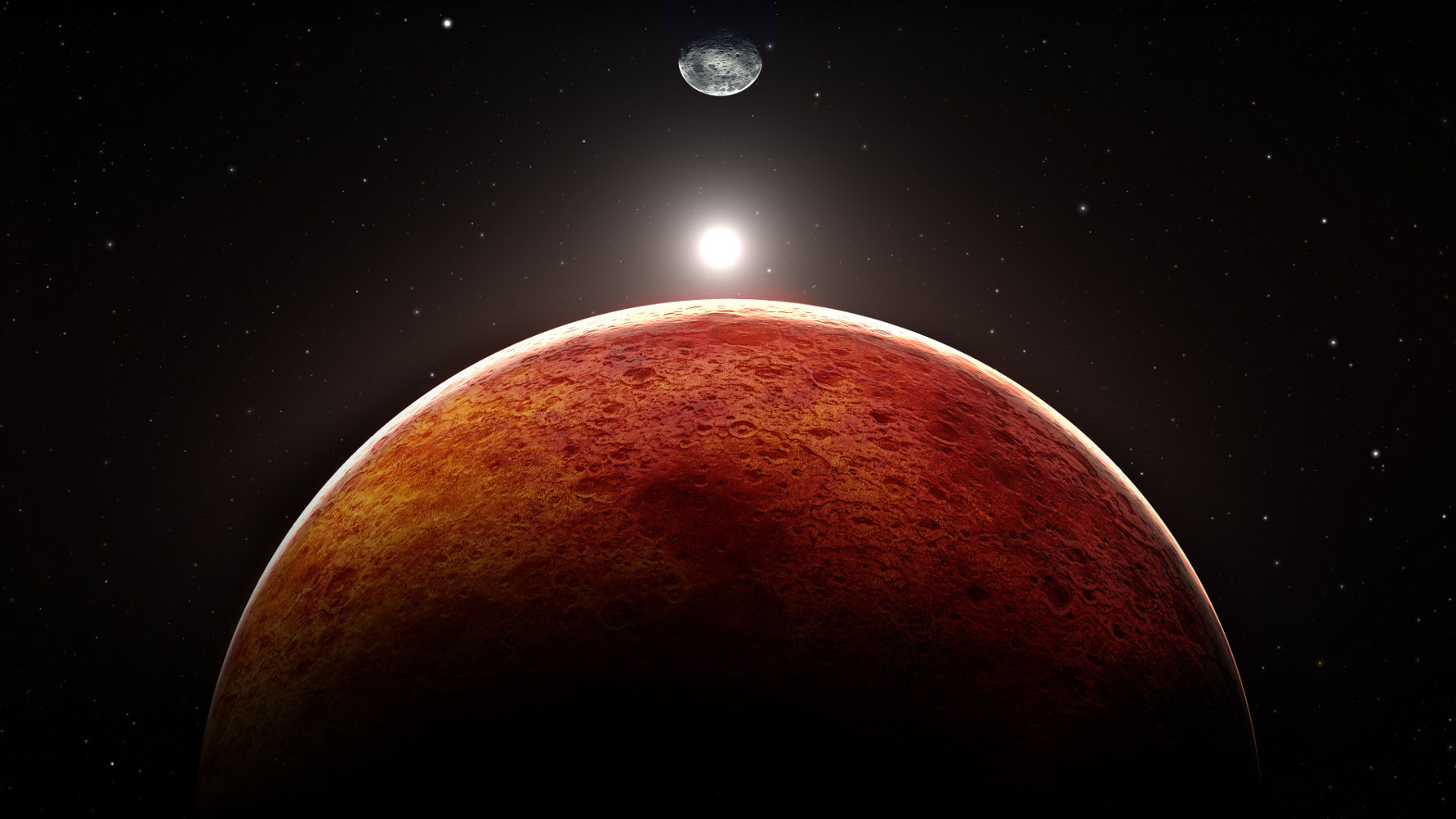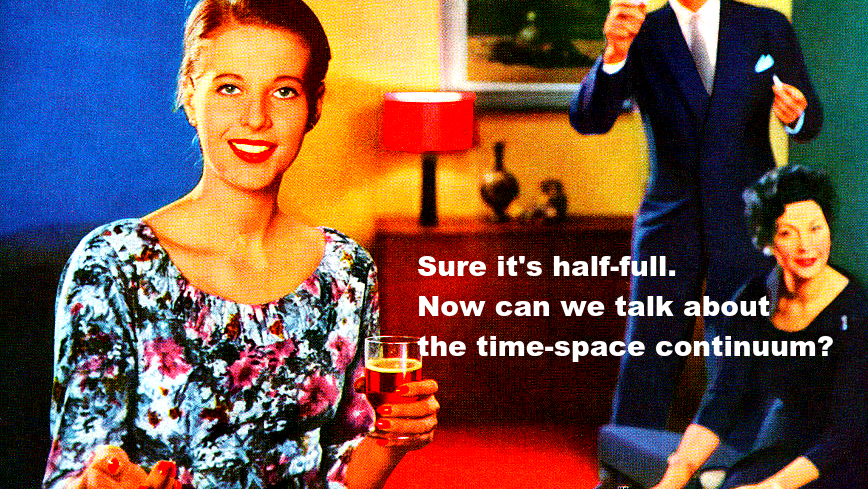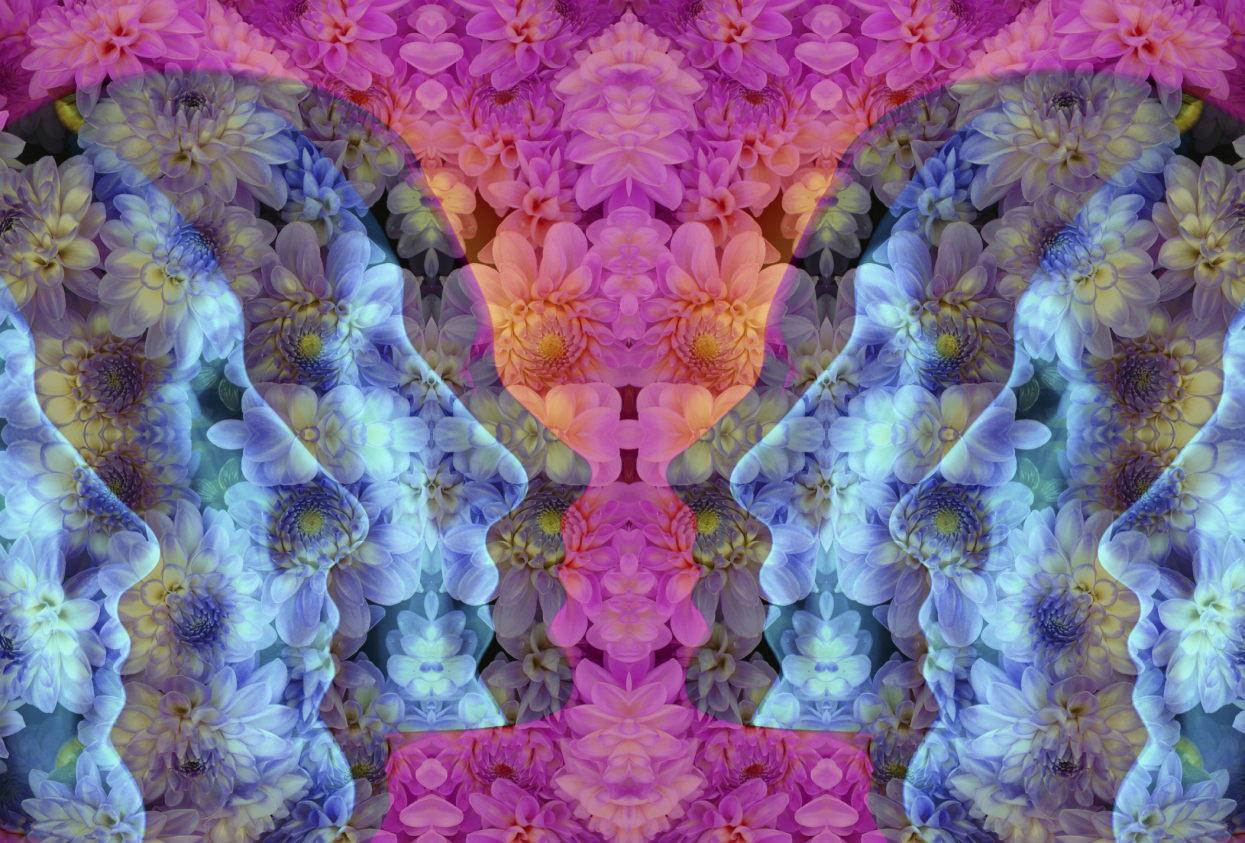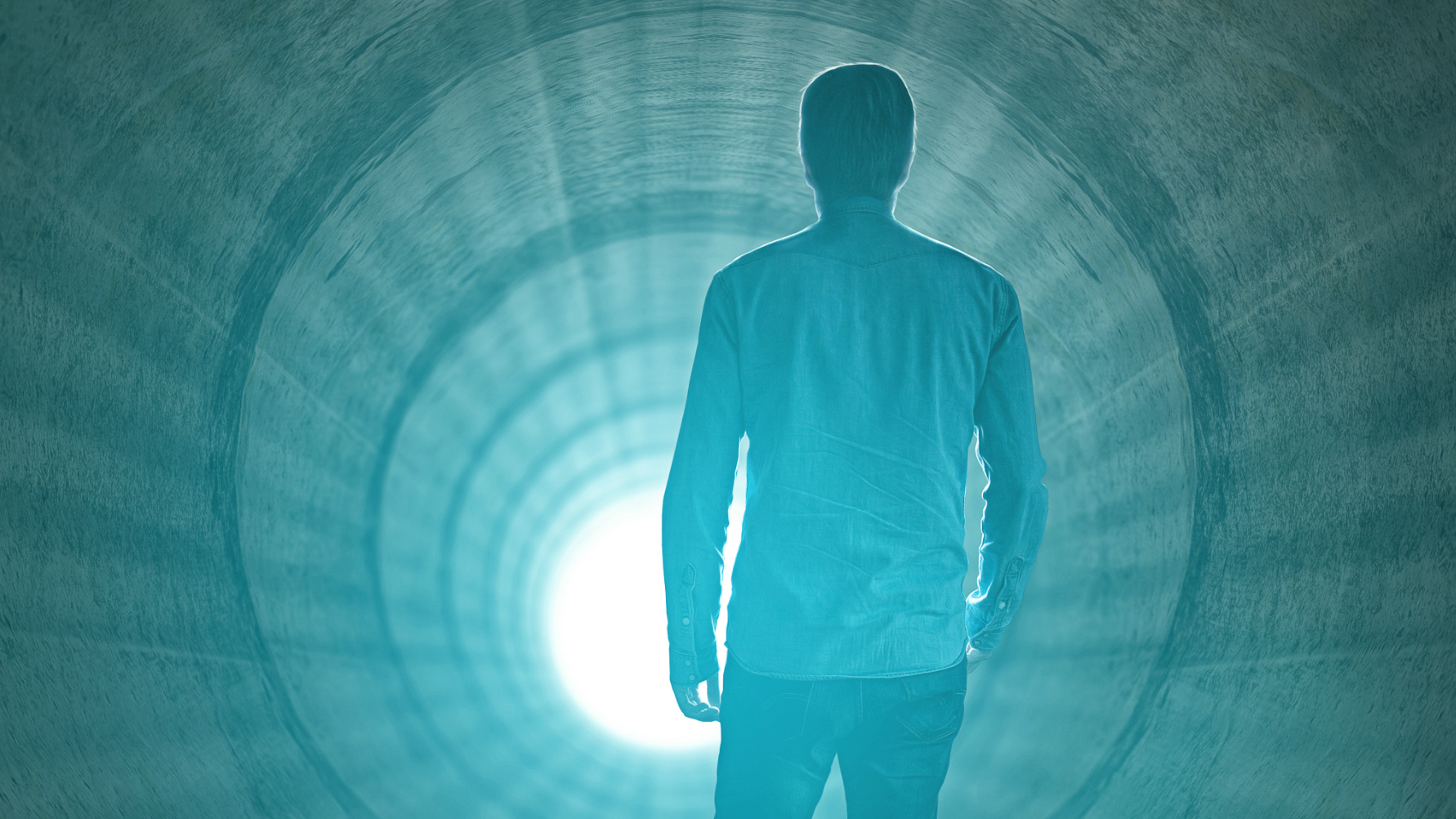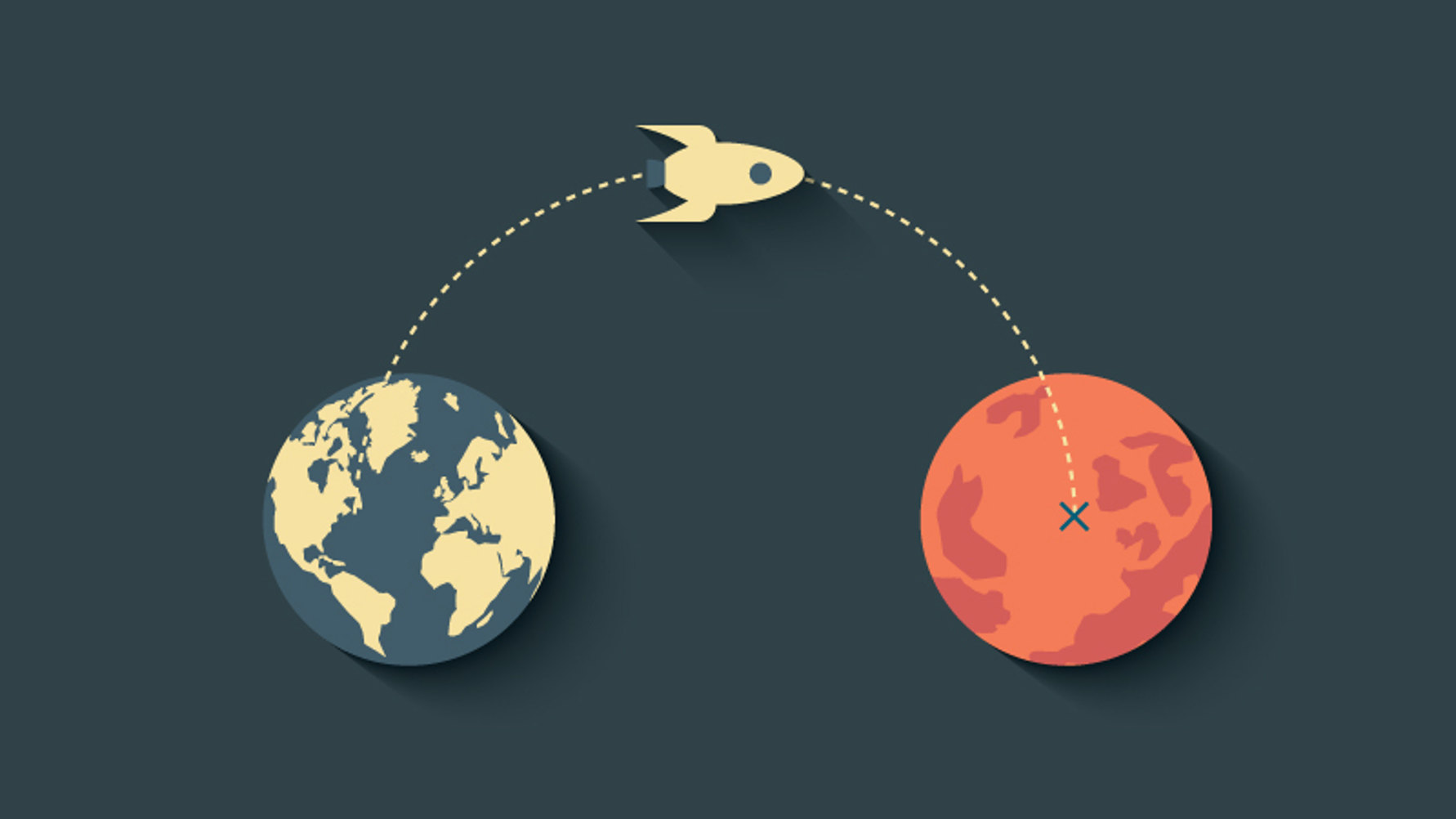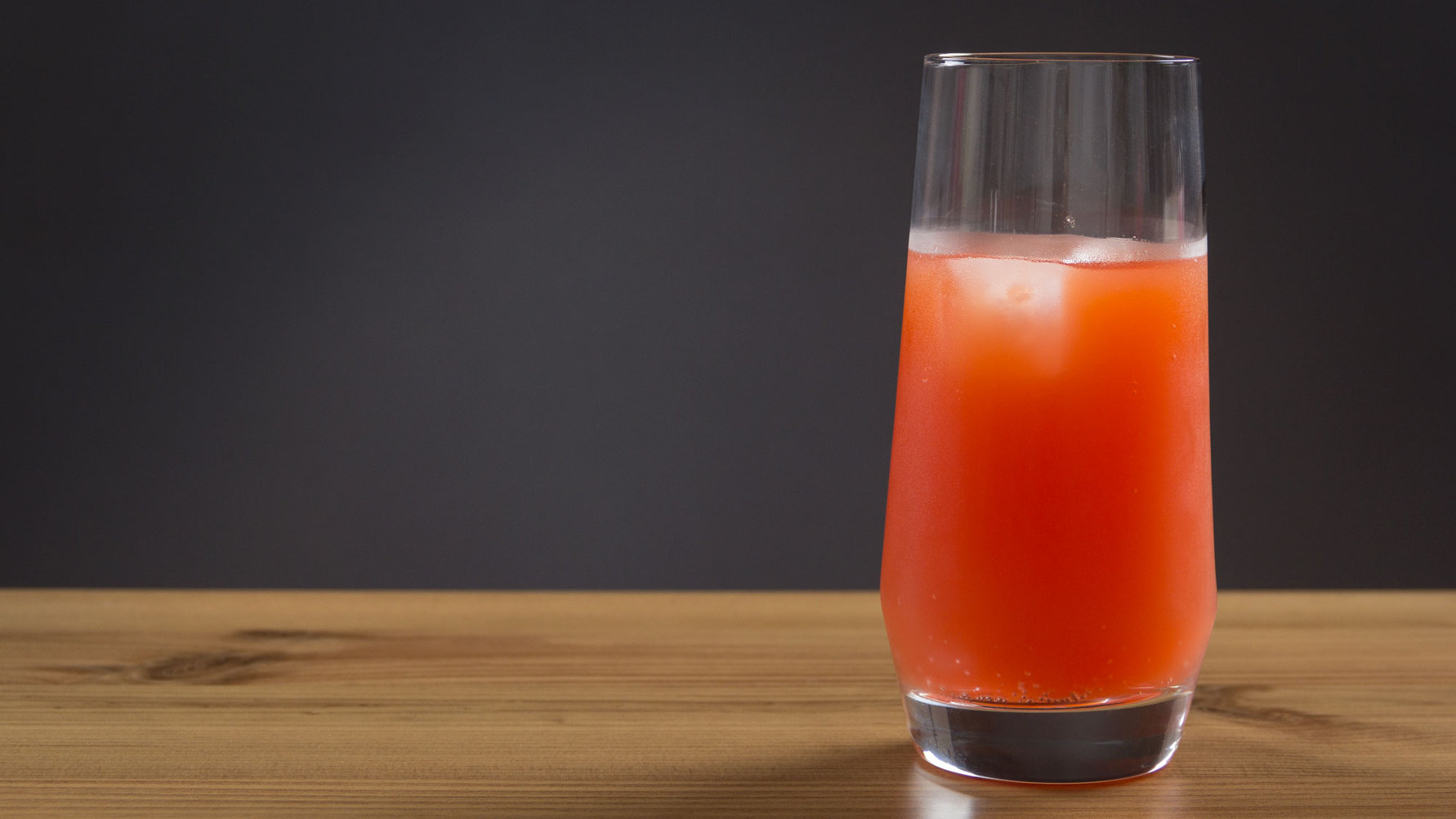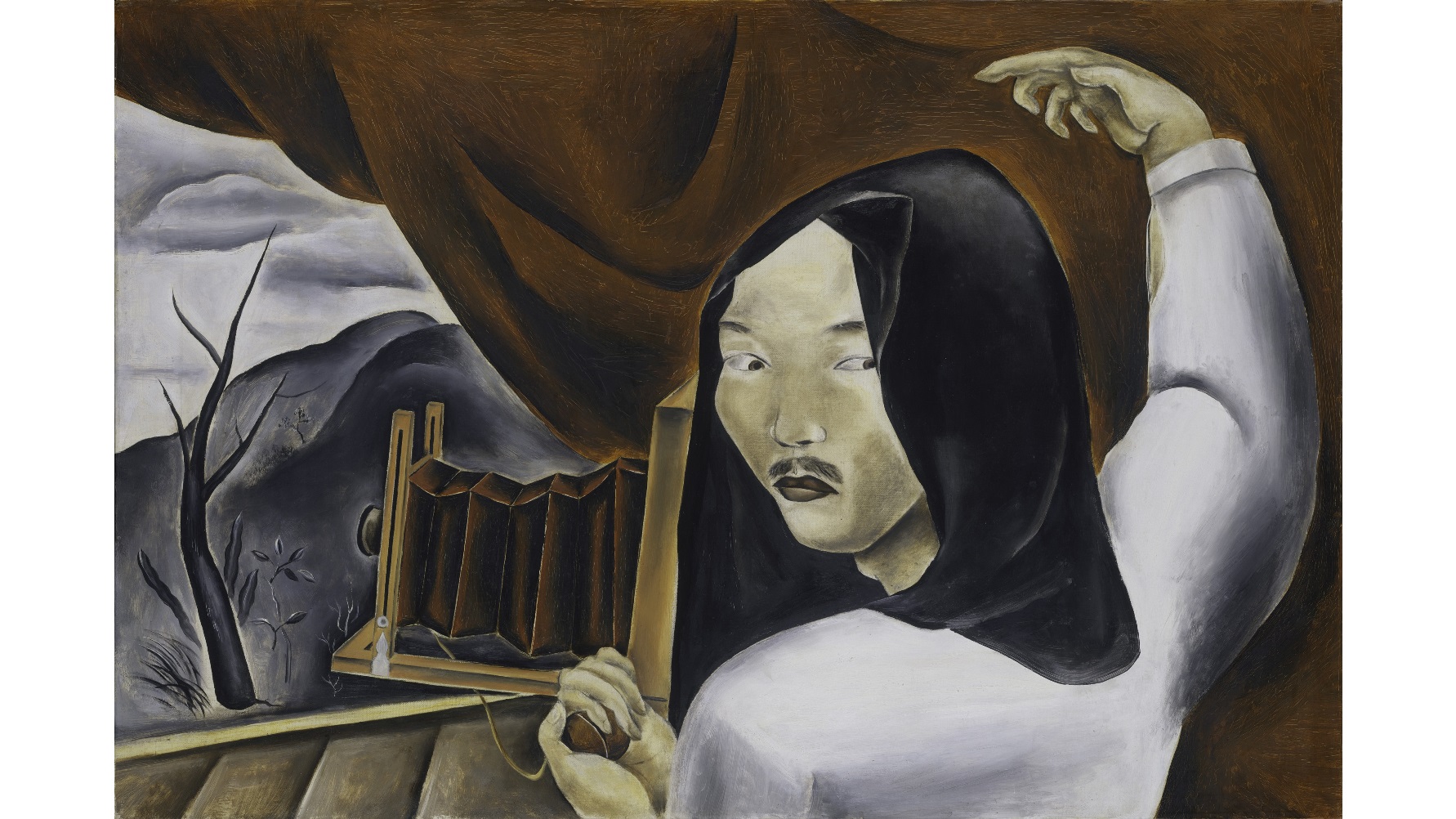Search Results
You searched for: cancer
How, with a sunny solstice, you can figure out how much our planet is tilted! “Soon the earth will tilt on its axis and begin to dance to the reggae […]
Science works through experimentation and replication. Hypotheses are put forward; tests are run; and results are obtained. If something surprising or interesting is found in an experiment, other researchers can […]
If patients better understood the health risks associated with certain kinds of medical care, they would likely seek less treatment.
Many believe that evolution plays only ruthless “red in tooth and claw” games. But that view tends to ignore that nature is teeming with unseen or underappreciated teamwork.
Currently, scientists and physicians have a limited understanding of the complex issue of pain and how to treat it. Pain or numbness is perceived by the brain using signals sent by the peripheral nervous system and it is hard to determine how a person’s nervous-system cells react and respond to stimuli. While it is relatively easy to collect a blood or a skin sample or even a tissue biopsy, it is not possible to sample portions of a patient’s neural system. A recent breakthrough finds a way around this problem.
Earlier this week, scientists at UC Irvine revealed that they have learned how to unboil an egg. Their discovery could lead to the development of a protein restoration system that would be a major asset in the fight against cancer.
Psychedelics like psilocybin and LSD are being researched again after a 40-year hiatus, and the results are promising, from both a scientific and spiritual perspective.
Two recent examples from The New York Times, one from a columnist and one in an editorial, illustrate the danger of news media coverage of risk that is alarmist, incomplete, and inaccurate.
This isn’t the Matrix. Should you wish to face the ugly reality, there’s no red pill you can swallow.
There’s a new medical device that allows people to take their blood (almost) painlessly.
Many issues stand against a mission to Mars: fuel, landing, and sustaining life on the red planet are just a few. But scientists say that the astronauts that depart will not be the same — the structure of their brains will change.
Genetic disposition and smoking may have little to do with your chances of getting cancer, in some instances. Recent research indicates that two-thirds of the time, the cause of cancer can be blamed on just bad luck.
Dr. Guido Zuccon knows we all Google our medical questions, but how accurate are these search engine diagnosis?
Reverse the Odds, a mobile game developed by Cancer Research UK and Channel 4, invites users to find patterns in real tumor tissue in order to help scientists learn more about cancer.
Optimism, like imagination, is childish in the best sense of the word.
Marijuana might steal the headlines, but psychedelics are making headway in the American consciousness. DMT: The Spirit Molecule producer/director Mitch Schultz discusses this trend.
We instinctively feel safer about anything natural and more worried by anything human-made, but instincts may not lead to choices that do human or environmental health the most good.
We use words like “fight” and “battle” when we talk about cancer, as if it’s an enemy we can conquer if we’re strong enough. But a study shows this kind of thought may hurt chances of people taking preventative measures.
Time out of the sun and covering up when you’re on the beach is still the best way reduce your risk of skin cancer, but researchers suggest pain relievers may help as well.
BMJ blogger Richard Smith makes the bold claim that dying of cancer is the best form of death and certainly preferable to a sudden passing. Do you agree?
“Mansplaining” and “Manspreading,” too, are thriving on the chatterweb. Like “Dadbod,” they satirize a world of ridiculous men who have no idea what’s going on.
Annual checkups cost the nation billions while yielding virtually no health benefits, argues Ezekiel J. Emanuel.
Who has the best chance of success for reaching Mars by 2030? Government-funded programs or private organizations?
Medical expansion has led people to believe they are less healthy. It seems counterintuitive, but there may be a certain burden of truth that comes with the price of medical advancements.
Scientists have found girls who consume more than one sugary drink a day start their periods more than two months earlier than those who consume fewer.
A journalist tricked news outlets into reporting a bogus study to demonstrate the sorry state of science journalism, but was the sting operation ethical?
Those who work inconsistent work hours may be hurting their health. Recent data revealed nurses who worked the night shift for five years, their risk of death from cardiovascular disease shot up to 19 percent.
When the Whitney Museum of American Art decided to stage in 1948 their first exhibition of a living American artist, they chose someone who wasn’t even an American citizen, but only legally could become one just before his death. Painter Yasuo Kuniyoshi came to America as a teenager and immersed himself in American culture and art while rising to the top of his profession, all while facing discrimination based on his Japanese heritage. The exhibition The Artistic Journey of Yasuo Kuniyoshi, which runs through August 30, 2015 at the Smithsonian American Art Museum in Washington, DC, unveils an amazing story of an artist who lived between two worlds — East and West — while bridging them in his art that not only synthesized different traditions, but also mirrored the joys and cruelties of them.
In a long-term study of nearly 10,000 individuals, a team of scientists at Cambridge University found that sleeping more than eight hours per night correlates with a higher risk of stroke.

